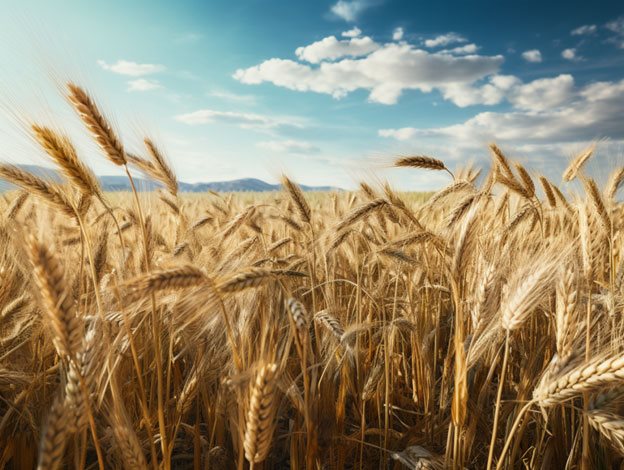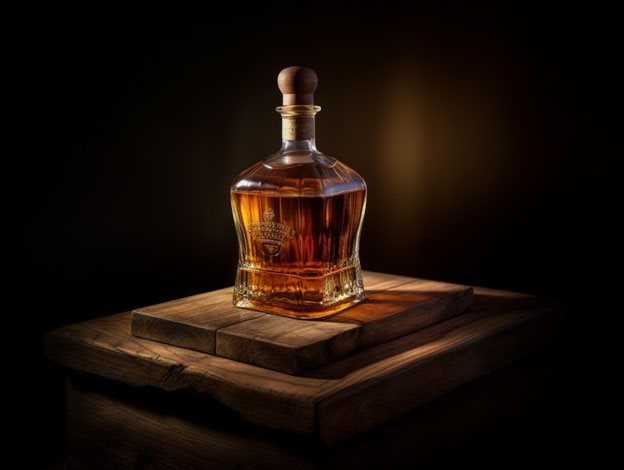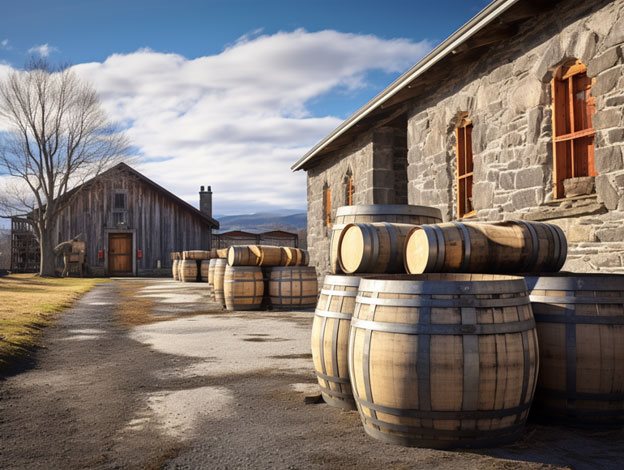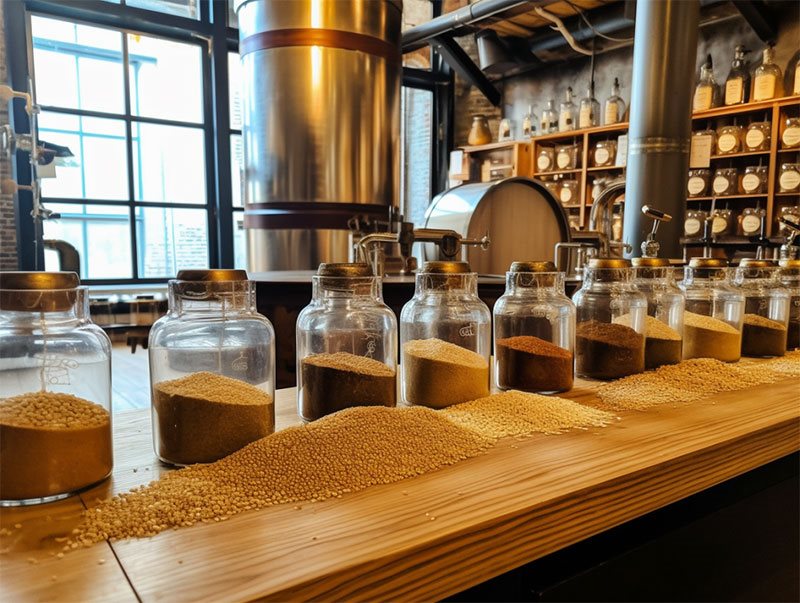Whiskey, a beloved spirit savored around the world, is a product of nature's simplest ingredients. At its heart, whiskey is nothing more than water, yeast, and most importantly, grain. Although grains might seem like a basic ingredient, they are the building blocks that define the whiskey's character. Let's dive into the world of grains to understand their impact on your favorite dram.
First off, we have malted barley, the classic choice for Scotch whiskies. Malted barley is barley that has been soaked in water, allowed to germinate, and then dried in a kiln. This process allows enzymes in the barley to convert the grain's starches into fermentable sugars.

Malted barley's flavor profile is wide and varied. It can lend sweet, biscuity notes, or if dried over a peat fire as in traditional Scottish malting, can contribute a rich, smoky character. Single malt whiskies, made from 100% malted barley at a single distillery, showcase these flavors in their purest form.
Corn, another popular grain, is the backbone of most bourbons. By law, bourbon must contain at least 51% corn, but many distilleries use a higher proportion. Corn whiskey is characterized by a sweeter, fuller-bodied flavor compared to its barley counterparts. High-corn whiskies like bourbon often exhibit notes of caramel and vanilla, especially after aging in new charred oak barrels, as mandated by American regulations.
Next in the lineup is rye, a grain that's spicy and robust. Rye whiskey, which must contain at least 51% rye in the mash bill, is known for its distinctive spiciness and bite. American rye whiskies, especially those from the northern states and Canada, are full-bodied with a warming quality, perfect for a snowy evening. Rye can also be part of the mix in bourbons, balancing out the sweetness of corn with its spicy notes.
Don't overlook wheat, which is often used as a secondary grain but can take center stage. Wheat whiskies, like the famous Bernheim Original, must contain at least 51% wheat. Wheat lends a soft, gentle character to whiskey, making it smoother and easier to drink. Whiskies with a high wheat content often have subtle fruity, floral, and sweet notes, making them great for newcomers to the world of whiskey.
Last, but not least, we have the lesser-known grain - oats. Though not a common choice, oats are used in experimental batches by craft distillers. Oat-based whiskey, like High West’s Valley Tan, exhibits a creamier mouthfeel with a nutty flavor profile.
The choice of grain not only impacts the flavor of the final product but also affects the distillation process. Each grain ferments differently, with variations in sugar content and fermentation time, which can lead to differences in the final spirit's alcohol content and flavor.
Additionally, the way the grains are processed can also have an impact. For instance, malted barley and unmalted barley contribute different flavors to the whiskey, as do roasted vs. unroasted grains.
In conclusion, grains are the unsung heroes in the world of whiskey. From the sweetness of corn to the spiciness of rye, the creaminess of oats to the smokiness of malted barley, every grain adds a unique note to the symphony of flavors in a whiskey. The distiller's art lies in understanding these nuances and creating a blend that brings out the best of each grain.
So, next time you enjoy your whiskey, spare a thought for the humble grains. Their journey from the field to the distillery, through the fire of the kiln, and the coolness of the mash tun, culminates in the magic that fills your glass. After all, as with many things in life, it's the simple ingredients that often make the biggest impact.





















